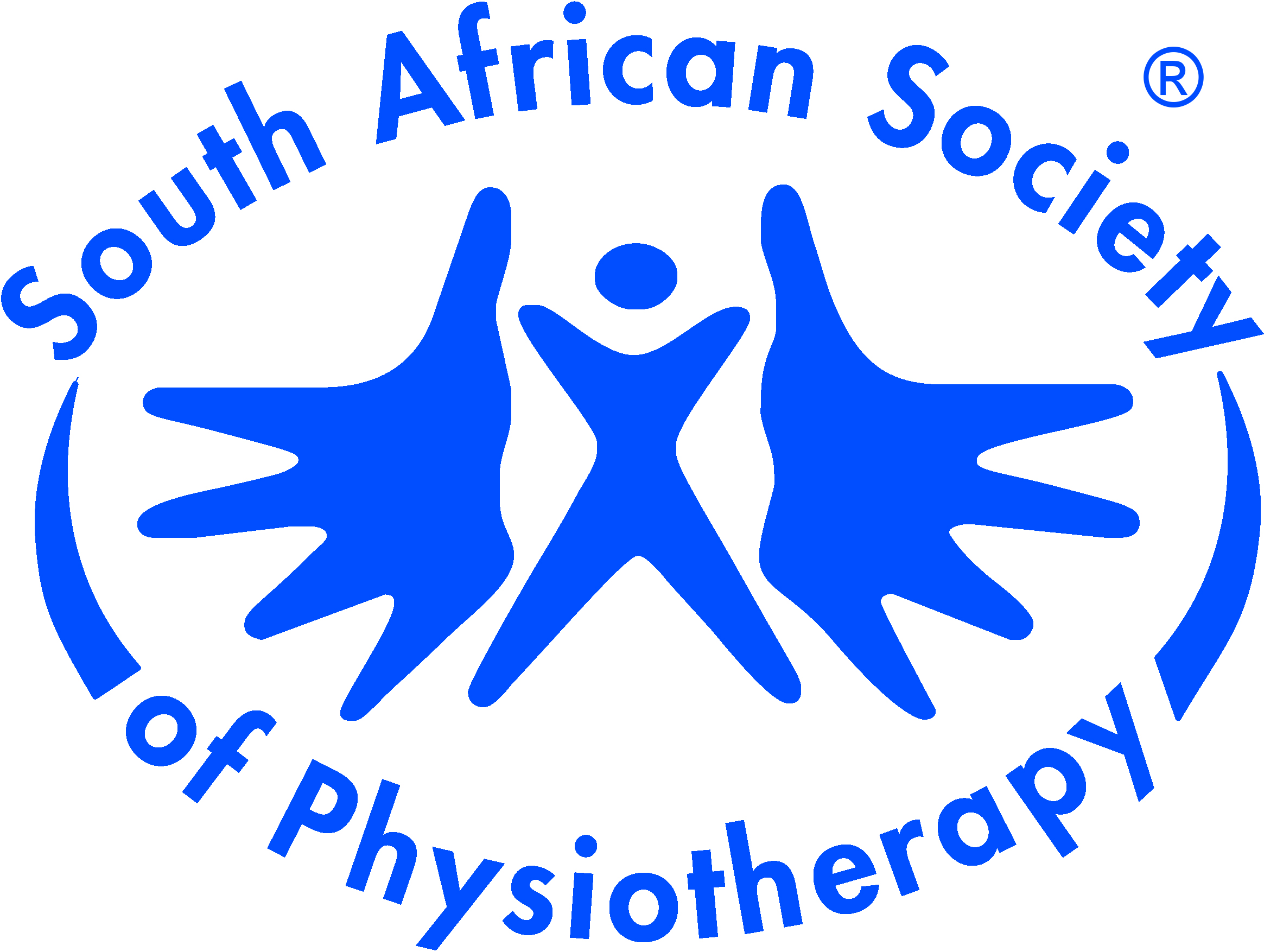Original Research
Sexual harassment of the physiotherapist in South Africa
South African Journal of Physiotherapy | Vol 62, No 4 | a160 |
DOI: https://doi.org/10.4102/sajp.v62i4.160
| © 2006 L. Bütow-Dûtoit, C. A. Eksteen, M. De Waal, J. H. Owen
| This work is licensed under CC Attribution 4.0
Submitted: 09 January 2006 | Published: 09 January 2006
Submitted: 09 January 2006 | Published: 09 January 2006
About the author(s)
L. Bütow-Dûtoit, Department of Physiotherapy, Faculty of Health Sciences,, South AfricaC. A. Eksteen, Department of Physiotherapy, Faculty of Health Sciences, South Africa
M. De Waal, Centre for Gender Studies, Department of Sociology, University of Pretoria, South Africa
J. H. Owen, Department of Statistics, University of Pretoria, South Africa
Full Text:
PDF (29KB)Abstract
No study has been conducted on sexual harassment of physiotherapists in South Africa and it is therefore not known whether harassment occurs and if it does, to what extent. To this purpose, a questionnaire on sexual harassment and other sexual-related issues in the physiotherapy work environment in South Africa, was sent to a random selection of 982 physiotherapists registered with the Health Professions Council of South Africa. The response rate was 32%. This paper presents the results of the first half of the questionnaire, which was devoted to sexual harassment of the physiotherapist. Approximately 60% had experienced sexual harassment, of which 83.98% had been perpetrated by patients. Only 5.82% of the respondents had received some form of information in this regard. The most common form of harassment was requests for a hug or kiss.
Keywords
sexual harassment; inappropriate sexual behavior; sexual misconduct; sexual misbehavior; physiotherapist; physical therapist
Metrics
Total abstract views: 3510Total article views: 2446
Crossref Citations
1. Ethical issues in physiotherapy – Reflected from the perspective of physiotherapists in private practice
Jeanette Praestegaard, Gunvor Gard
Physiotherapy Theory and Practice vol: 29 issue: 2 first page: 96 year: 2013
doi: 10.3109/09593985.2012.700388
